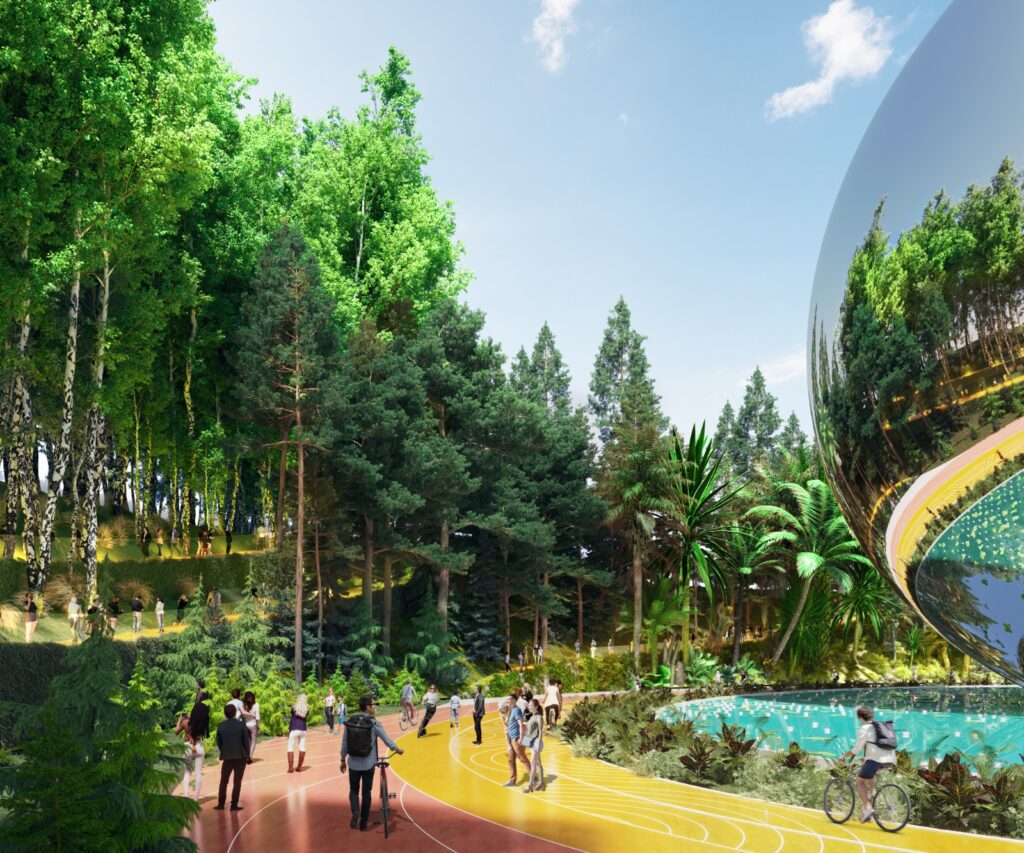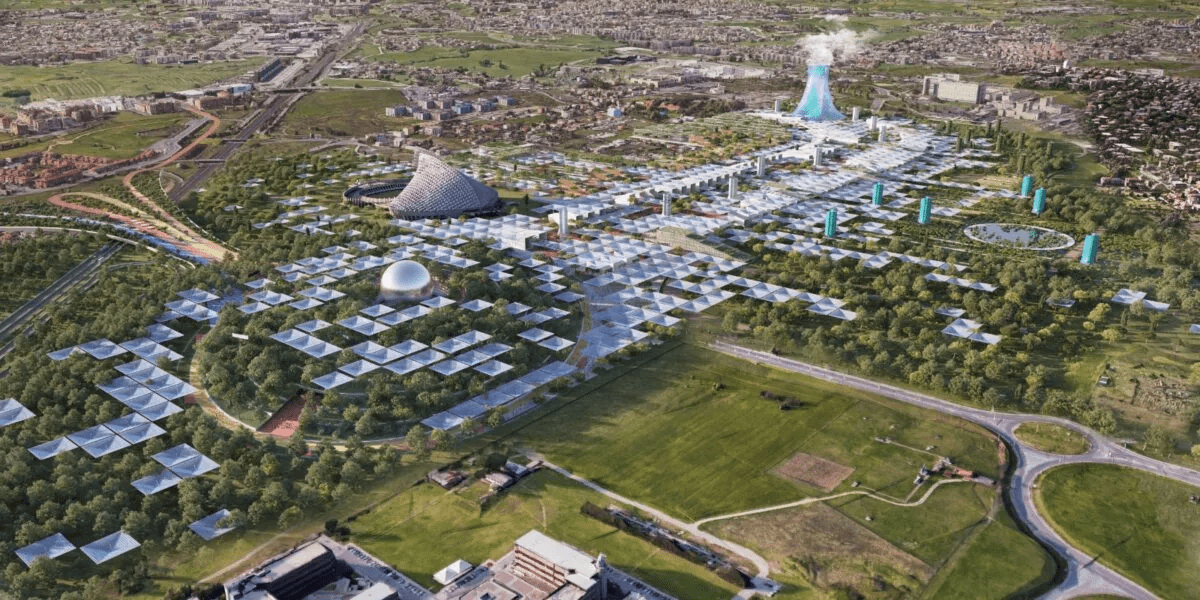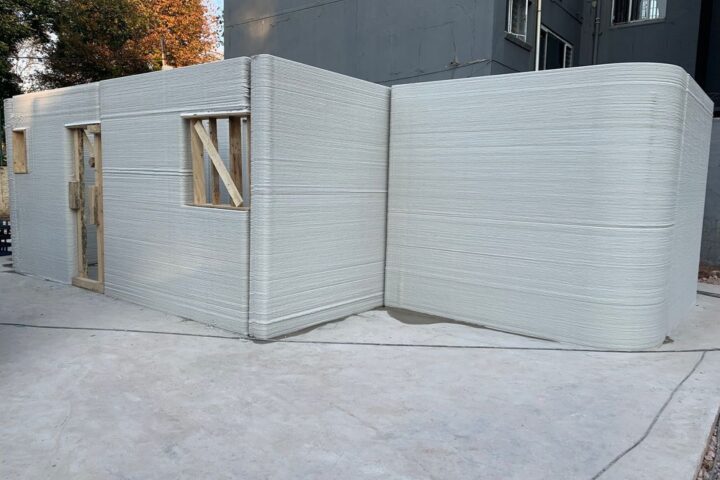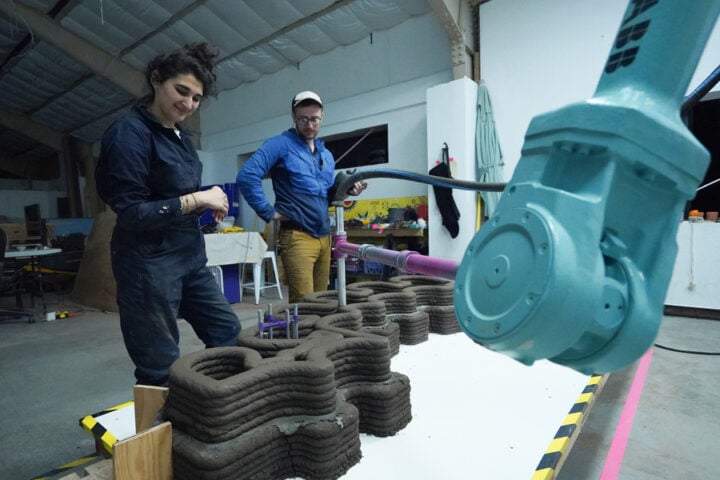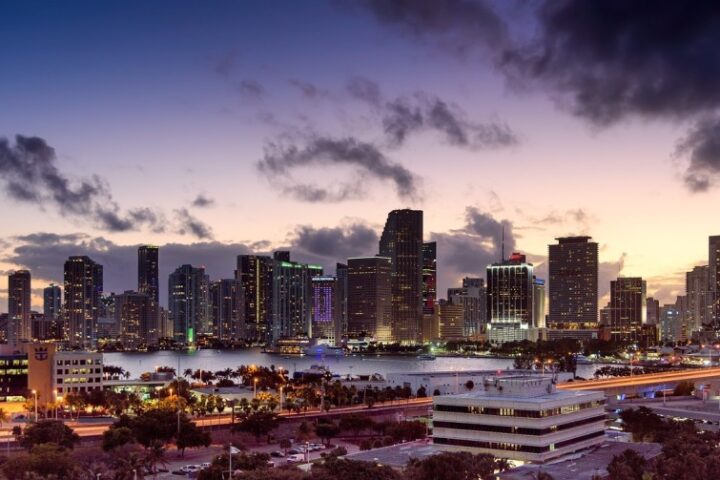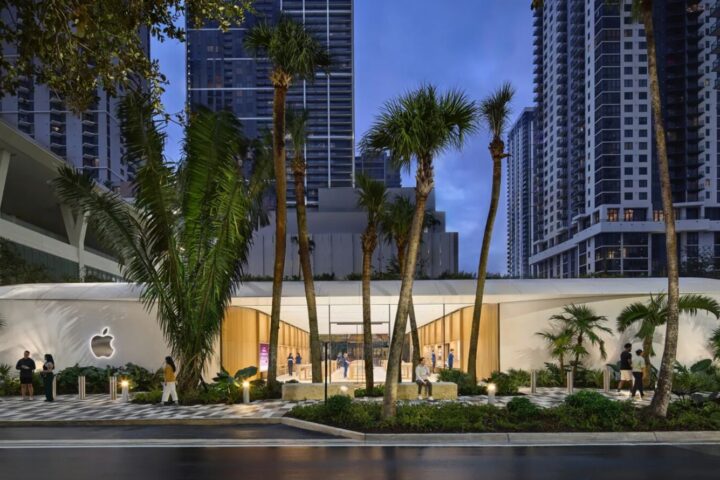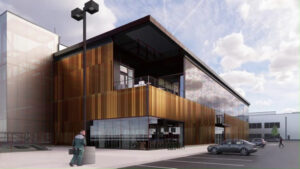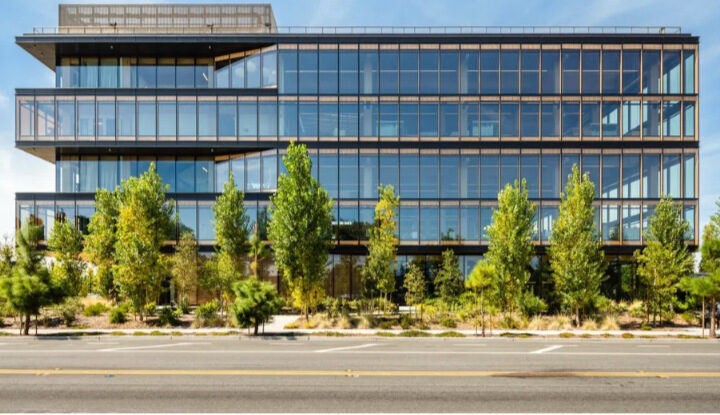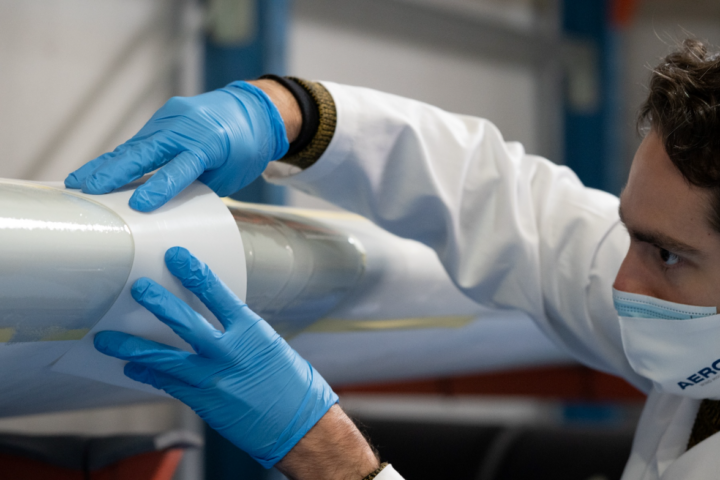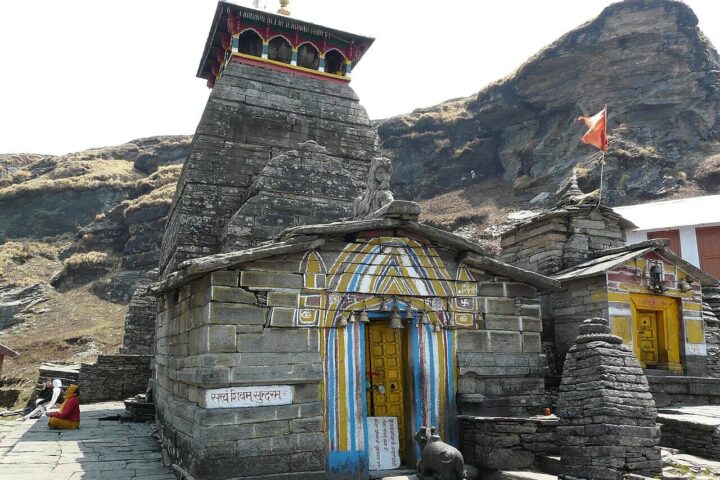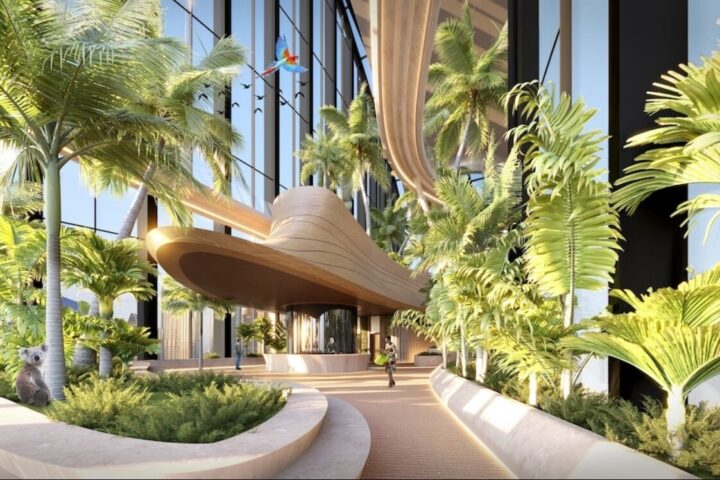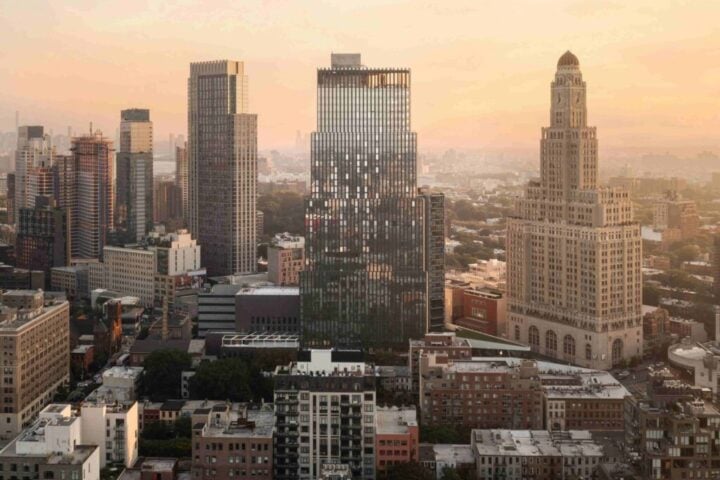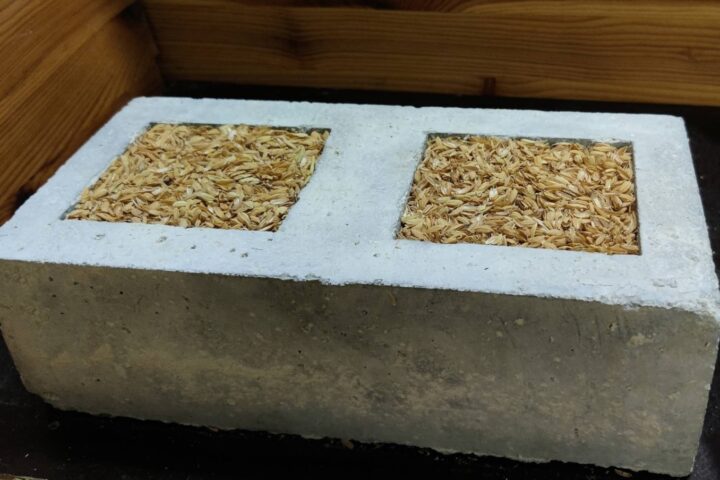Rome is set to become the host of the World Expo in 2030, and to celebrate this event, the city is going to be home to the largest solar farm in the world. The Expo Solar Park is the centrepiece of Rome’s bid to host the event and covers 150,000 square meters. Carlo Ratti Associati, along with architect Italo Rota and urbanist Richard Burdett, master-planned the solar farm. The plan is for each country participating in the World Expo 2030 to contribute to the solar farm, which will power the exhibition site and decarbonize the surrounding suburban neighbourhoods. The project has been designed to set a new model for urban development and encourage discussions on the concept of sharing energy.
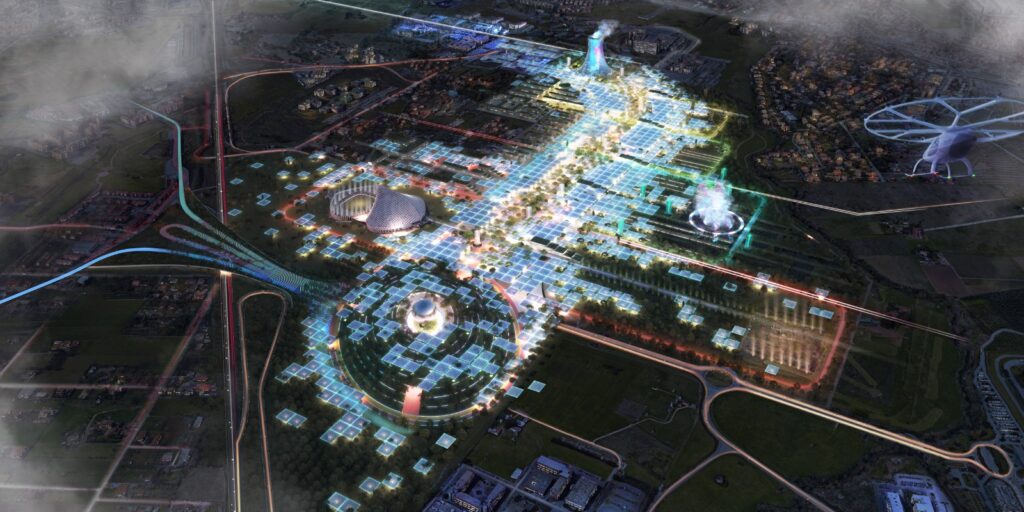
The solar farm will consist of hundreds of square-shaped “energy trees,” engineered to open and close their panels throughout the day, while also providing shade for visitors exploring the site. The solar panels are incorporated into the dedicated plots of each nation and will form a mosaic-like structure when viewed from above. In addition to the solar panels, the area is full of trees that create a park-like feel, which is complemented by the artificial and natural structures of the expo site.
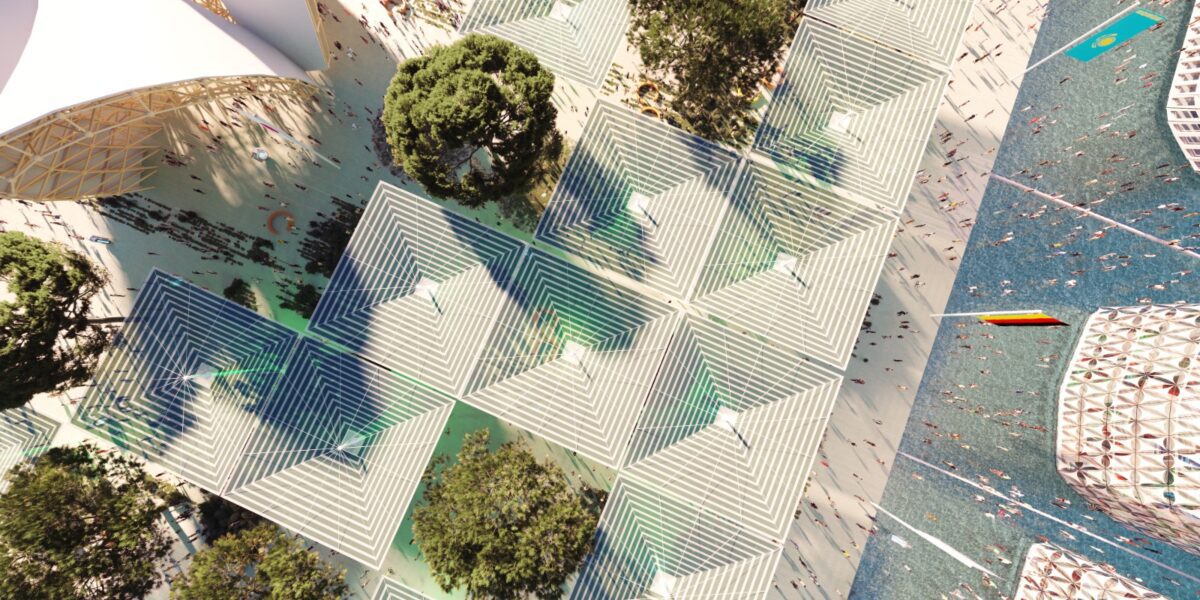
The Expo Solar Park is not only a stunning design, but it will also provide free and renewable energy and help to clean the air around it. The masterplan’s vision of the park ensures that the event will not only reinvigorate the neighbourhood, but help decarbonize it. The project aims to break new ground for world fairs and other large-scale events, experimenting with collective city-making processes, new energy-sharing strategies, and inclusive urban transformations that go beyond the temporal and spatial confines of the event.
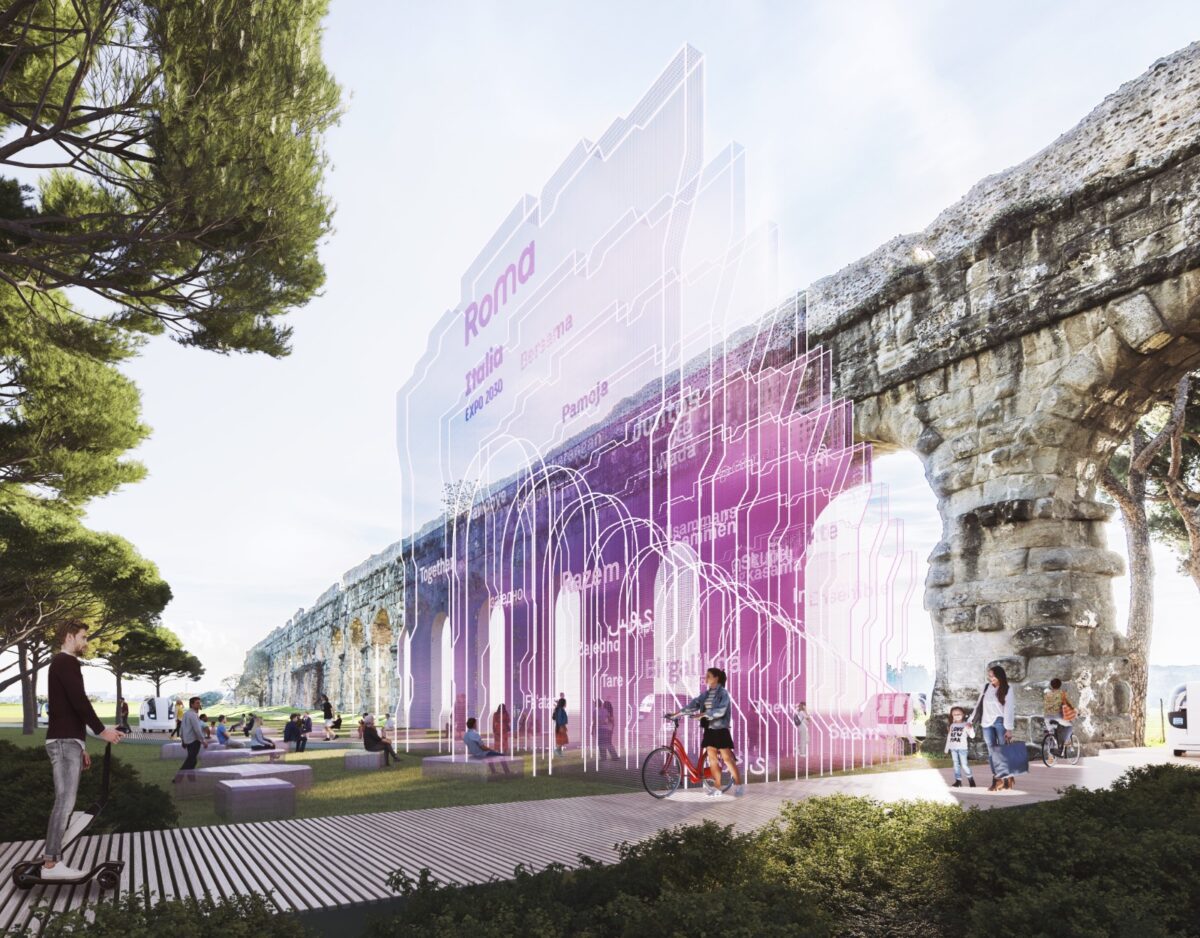
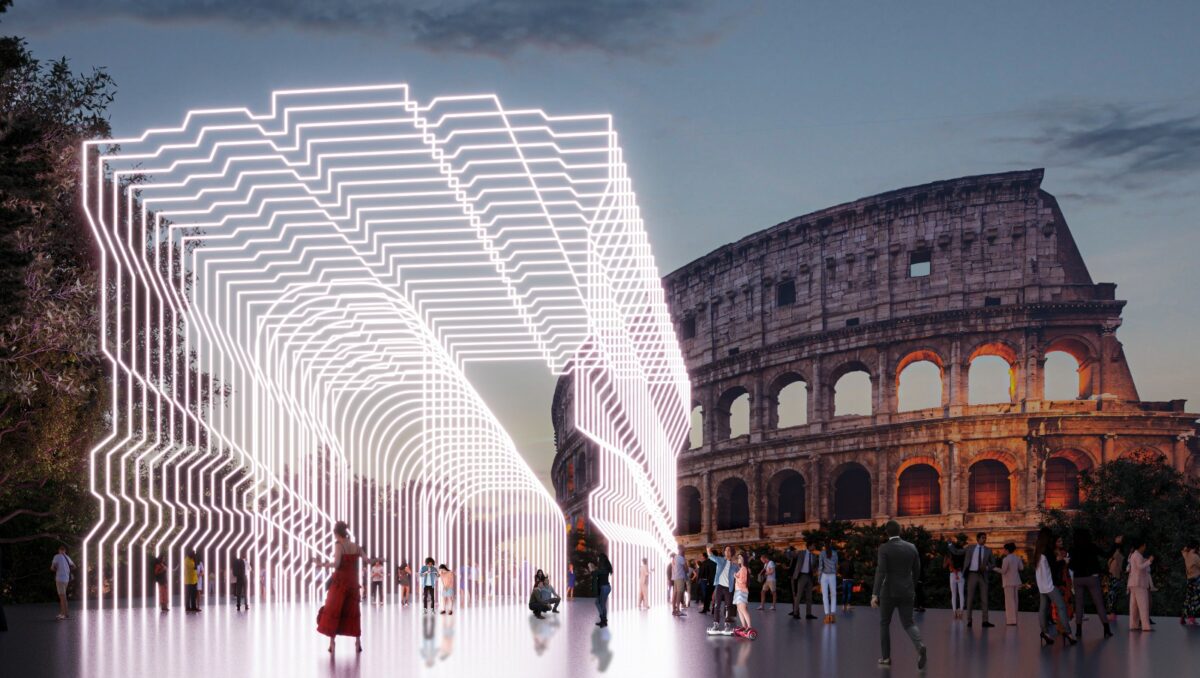
The theme of the expo is “People and Territories, Together: Urban Regeneration, Inclusion and Innovation.” The expo village will become an extension of the nearby University of Rome “Tor Vergata.” The boulevard is the pedestrian hub, a pathway through all the pavilions. The park is full of growing things and accentuated by various pavilions. The expo site will have three main areas, the city, the park, and the boulevard, where both artificial and natural structures will coexist beautifully.
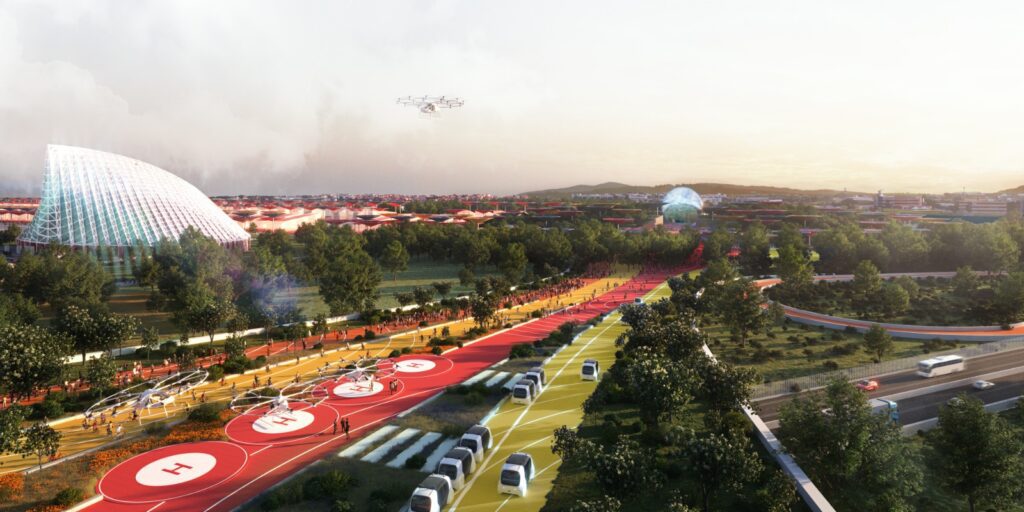
The solar farm in Rome covers an area of 150,000 square meters and boasts a production capacity of 36 megawatt-peak, making it the largest urban, publicly accessible solar farm in the world. The solar farm will not only power the exhibition site, but it will also decarbonize the surrounding neighbourhoods by supplying them with renewable energy. The Expo Solar Park is a beautiful model for healing the world, providing green spaces in urban areas, and powering cities with clean, renewable energy. Rome is creating massive projects meant to inspire the world that will make their mark on human history.
